AI Models Predict Seizure Control in New Epilepsy Patients
This study focused on how artificial intelligence (AI) can help predict how well people with epilepsy will respond to their first two antiseizure medications (ASMs).

This study focused on how artificial intelligence (AI) can help predict how well people with epilepsy will respond to their first two antiseizure medications (ASMs).
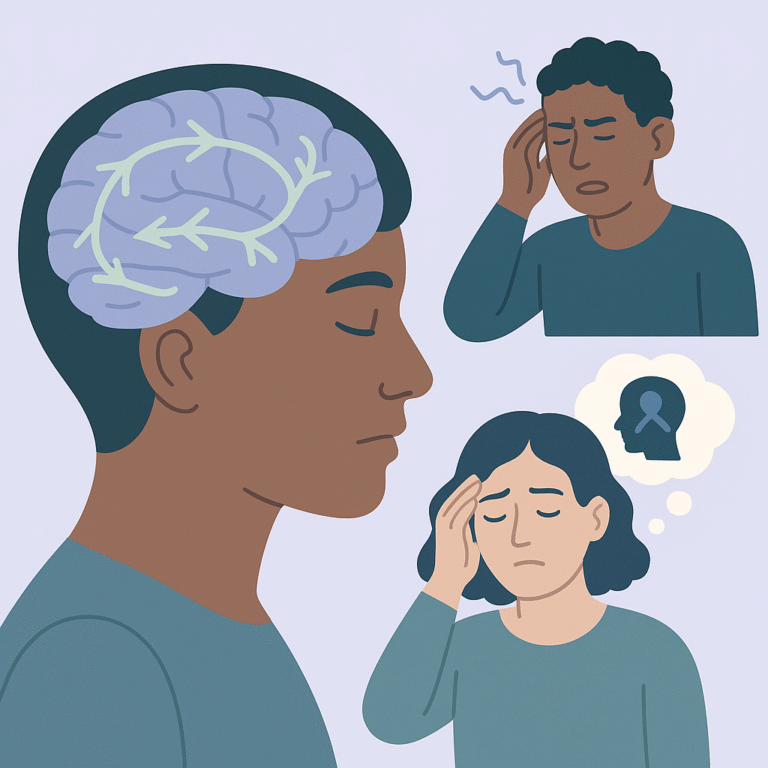
This study looked at how the glymphatic system, which helps clear waste from the brain, functions in different types of temporal lobe epilepsy (TLE).
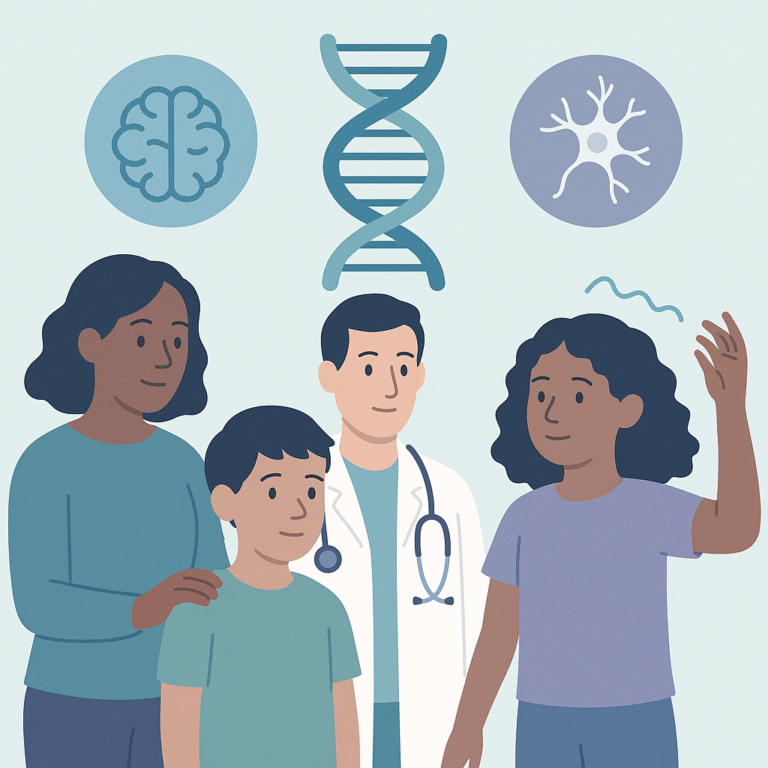
This study looked at children with epilepsy and movement disorders, known as EPIMDs, to better understand their genetic causes and how these conditions present.
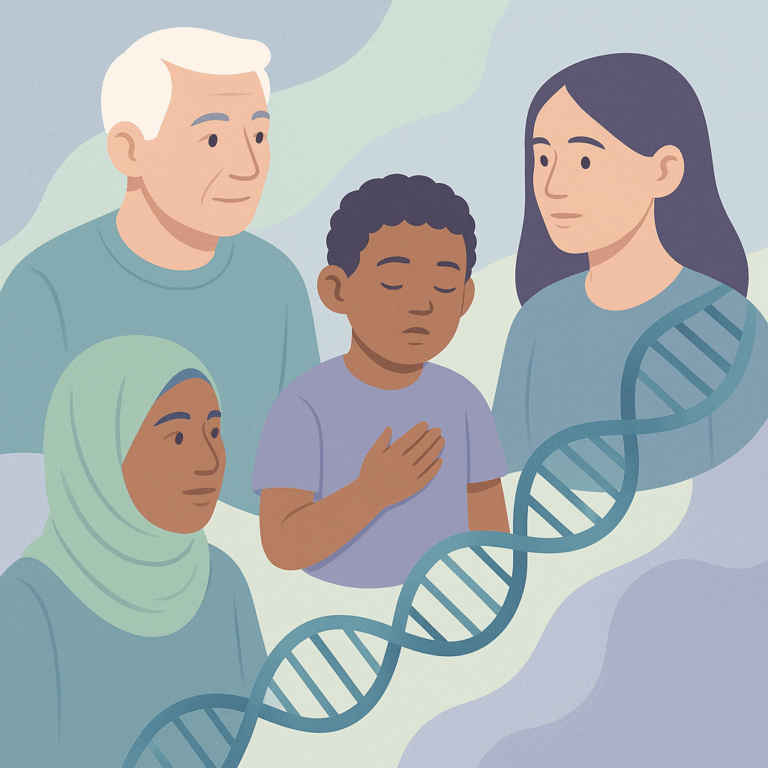
Researchers studied a gene called BAIAP2 to understand its role in developmental and epileptic encephalopathies (DEEs), which are severe forms of epilepsy that can affect a child’s development.
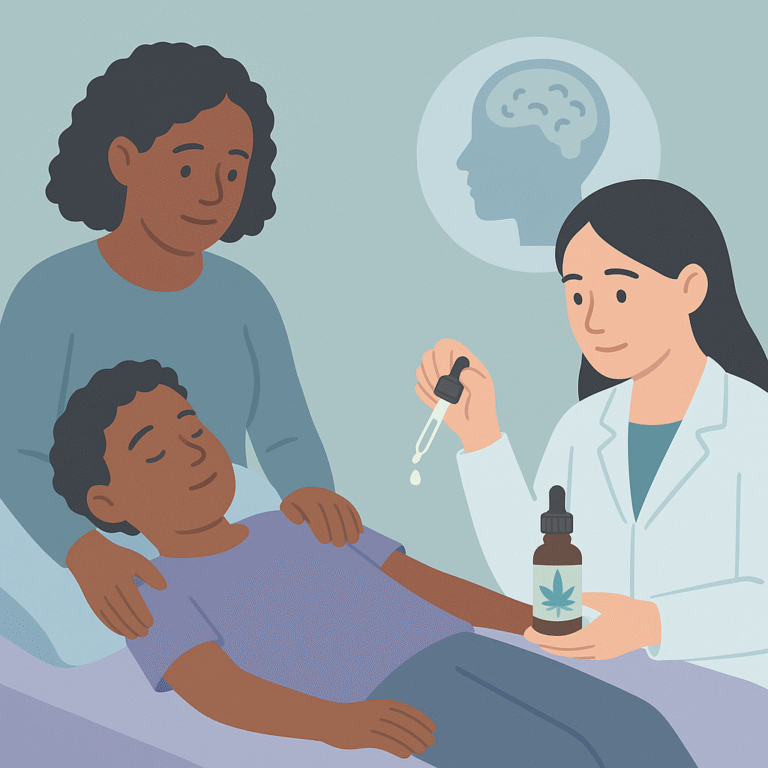
Researchers studied the use of cannabidiol, a compound found in cannabis, in children with developmental and epileptic encephalopathies (DEEs).
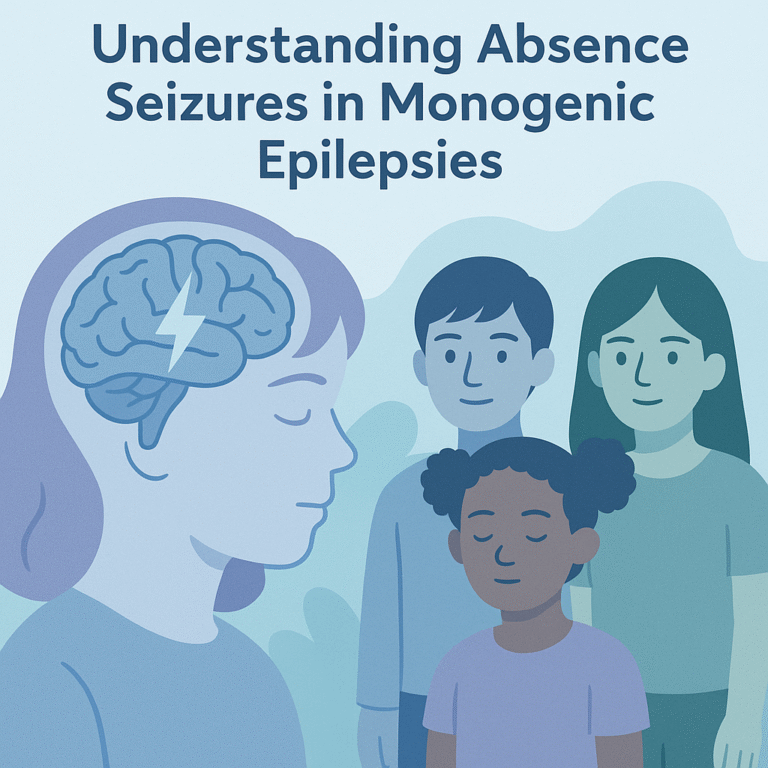
Researchers studied 160 patients with absence seizures linked to specific genetic causes, known as monogenic epilepsies.
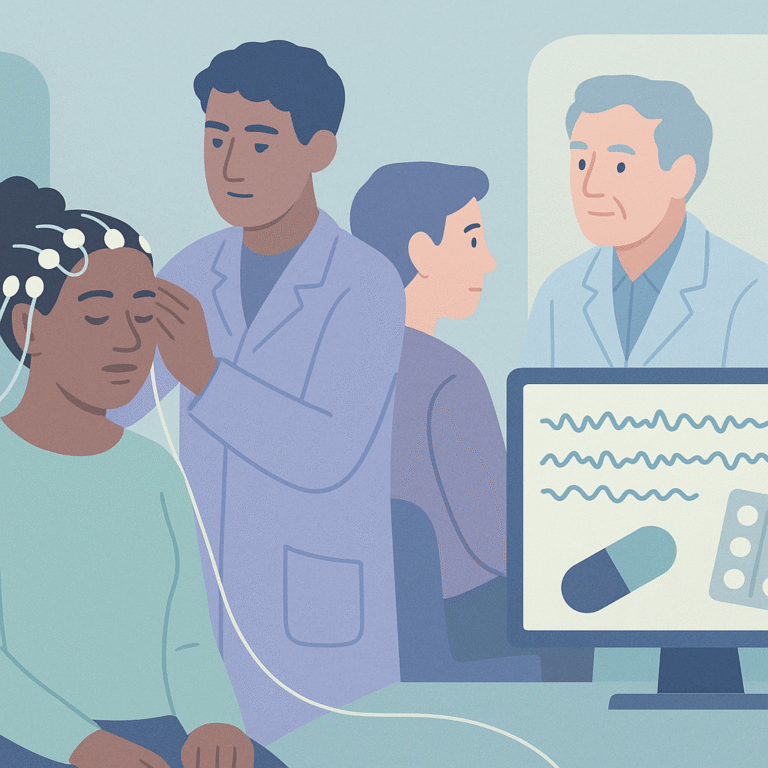
Researchers studied how well machine learning could predict the effectiveness of anti-seizure medications (ASMs) using routine EEG tests.
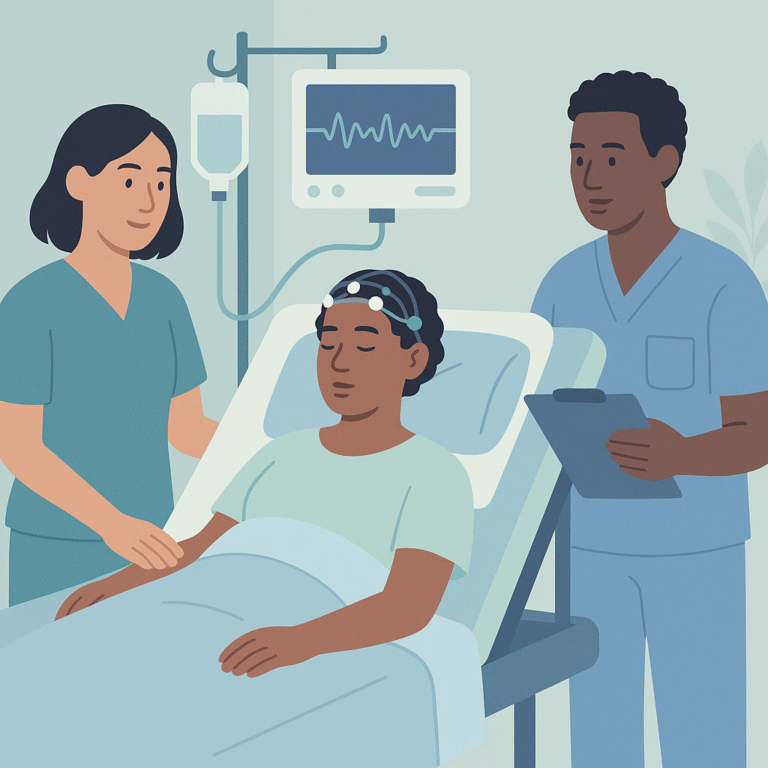
Researchers studied non-convulsive status epilepticus (NCSE) in unconscious patients in intensive care units (ICUs).
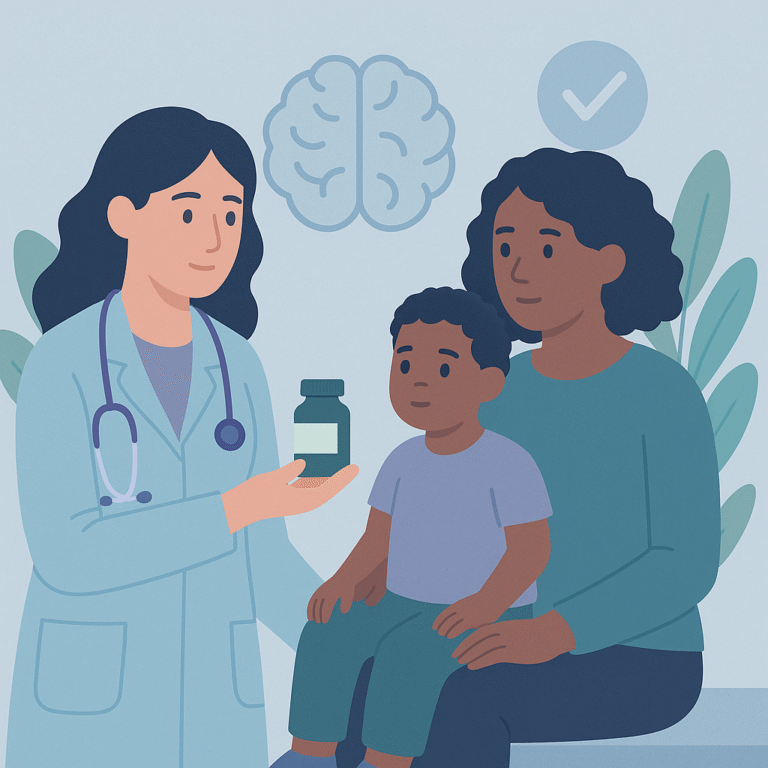
Researchers studied the use of vigabatrin (VGB) as a preventive treatment for infants with tuberous sclerosis complex (TSC), a condition that often leads to early-onset epilepsy.